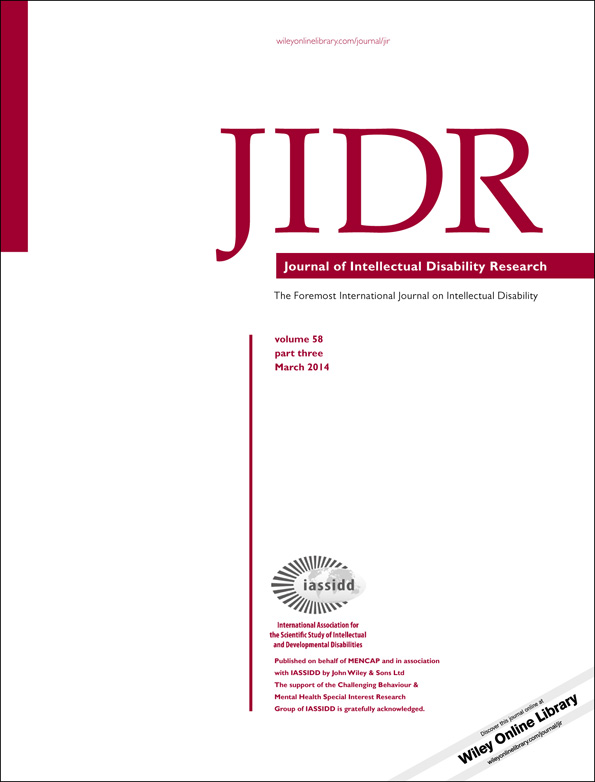Relationship between flat foot condition and gait pattern alterations in children with Down syndrome
Abstract
Background
In patients with Down syndrome (DS) one of the most common abnormalities is flat foot which can interfere significantly with normal daily activities, such as gait. The aim of this study was to quantitatively assess the relationship between the flat foot and the gait alterations in DS children.
Method
Twenty-nine patients with DS and 15 non-affected subjects were assessed using 3D Gait Analysis, using an optoelectronic system, force platforms and video recording. The degree of flat foot was assessed using the arch index and kinematic and kinetic parameters were identified and calculated from 3D Gait Analysis for each study participant.
Results
Data showed that ankle plantarflexion moment and ankle power during terminal stance were significant to differentiate the patients with and without flat feet: their peak values were significantly lower for the patients with flat foot. In addition, the research for correlation demonstrated that the higher the arch index value, the lower the peak of ankle moment and of the generated ankle power during terminal stance and the minimum of absorbed ankle power.
Conclusions
Children with flat foot displayed a less functional gait pattern in terms of ankle kinetics than children without flat foot, suggesting that the presence of flat foot may lead to a weaker efficient walking. Then, the increasing flat foot tended to result in lower push-off ability, leading a less functional walking.




